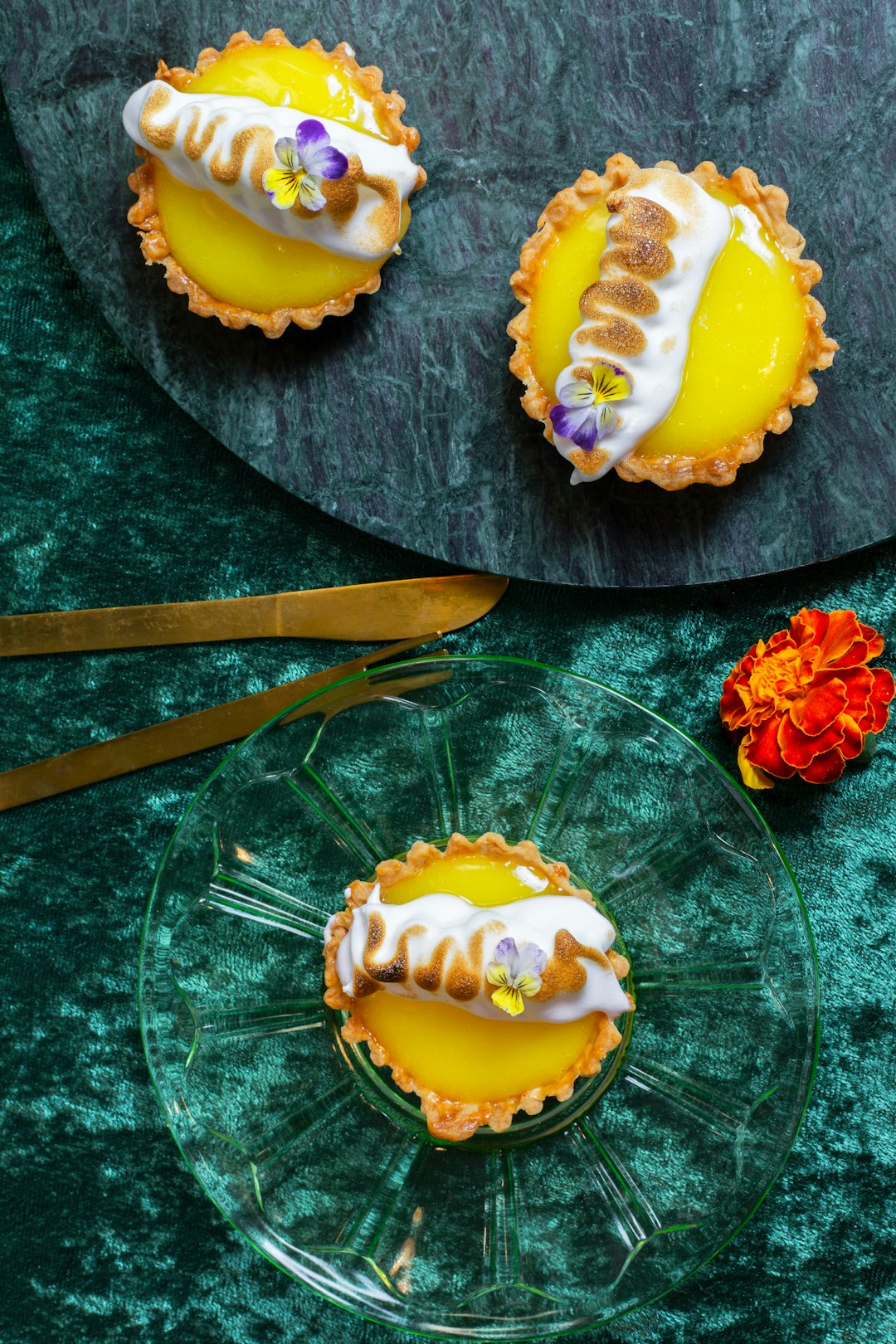Clam cake
But what is it exactly? A clam cake is a deep-fried, breaded ball of dough filled with minced clams. It's native to the northeastern United States, particularly Rhode Island and Maine. The difference between a clam fritter and a clam cake is that the latter is smaller and slightly firmer than the former.
For many, these morsels bring back childhood memories. Before the days of fancy appetizers, clam cakes were a mainstay of beach shacks and seafood restaurants. Through the years, their popularity has extended beyond the coast. Now you can find them around the country, either in restaurants or frozen in the freezer section of your local grocery store.
While traditionally served as a side dish, the clam cake is fast becoming fashionable on restaurant menus. They’re often served with a variety of sauces including tartar sauce, cocktail sauce, horseradish cream and even aioli.
Clam cakes are made with simple ingredients, but they require finesse to get them just right. The clam mixture needs to be mixed carefully, so as not to overwork the mixture, which can make it tough. Also, good oil is key to getting them crispy on the outside and feathery on the inside.
Whether enjoyed at a local dive or in a five-star establishment, clam cakes are a timeless treat. So grab a batch and enjoy this classic New England delicacy with family and friends!
Clam cake recipes
Amazing Clam cake recipes sourced from the web.
The origin of Clam cake
Clam cakes, also known as clam fritters, have a storied past that dates back to the late 18th century. In their early incarnation they were more akin to fried dumplings—a simple mixture of bivalve meat and flour that was rolled into balls, then fried in butter or lard. Over time, this basic recipe evolved and local ingredients like potatoes, onions, and herbs were added. In New England, for example, the addition of minced quahogs or other regional clams gave these fried treats an unmistakable flavor.
The origins of the modern clam cake is often attributed to Rhode Islanders, who claim credit for the first crisp, golden-brown iteration of the dish. It's said that during the Great Depression, those living near Narragansett Bay often relied on the area's plentiful seafood for sustenance and the landmark clam cake was born from necessity. By the mid 20th century, clam cakes were a staple at roadside stands and eateries throughout the region.
Today, the humble clam cake continues to be a popular choice, especially in the Northeast. This crispy morsel also has a devoted following outside its traditional market and can be found on menus around the world. Whether you enjoy them hot and golden, or served up with a dollop of tartar sauce, there's no doubt that these tasty little bites have withstood the test of time.
Types of Clam cake
Ah, the venerable clam cake. For years, it has served as a culinary treat and one of the staples of coastal beach towns across the world. With its many variations, the clam cake holds a special place in the hearts of seafood lovers. Let's take a closer look at the different types of this delightful dish.
The classic Eastern seaboard style clam cake is perhaps the best-known type. This variant gets its flavor from a combination of simple ingredients, including white clams, flour, baking powder, salt, and pepper. The clams are minced before being mixed with the other dry ingredients and then shaped into patties, dropped into hot oil and fried. The result is a golden-brown exterior and a delicious interior that brings out the sweetness of the clams.
Another popular variant is the Japanese yakko-yaki, which has a bit more flavor thanks to the addition of katsuobushi, or smoked skipjack tuna. The clams are still the prominent flavor, but the tuna adds a smoky flavor to the mix. The cakes are formed into discs and fried until they are crisp on the outside while maintaining their soft center.
Finally, Rhode Island style clam cakes rely heavily on the presence of potato to give the recipe an extra kick. The potatoes are first cooked and mashed then mixed with the minced clams and the dry ingredients. The cakes are then fried until they have a lightly golden-brown color and, when cooked properly, all the flavors combine to create a savory and slightly creamy texture.
No matter what your preference, you can be sure to find a clam cake to suit your taste. Whether you opt for a classic, Japanese-style, or Rhode Island-style, these delicious bites are sure to please your palate. So, next time you're at the beach or enjoying some fresh seafood, be sure to try a clam cake – you won't be disappointed!



